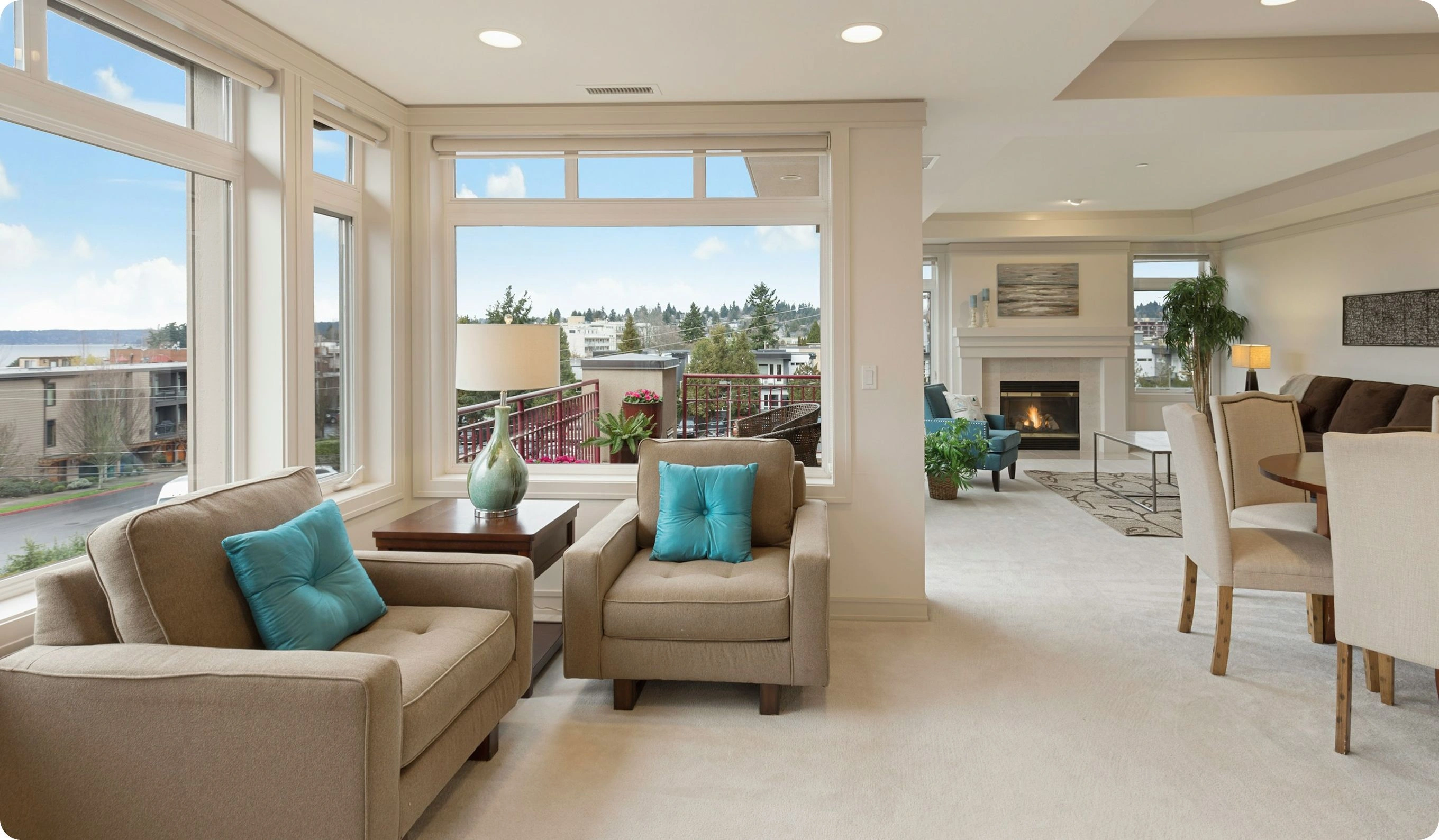最佳报价
位于 圣乔治
Benefits of investment in
Grenada real estate
Second citizenship through real estate
Grenada’s Citizenship by Investment program includes approved properties — combining lifestyle and global mobility.
Caribbean villas with premium rental value
Ocean-view homes are sought after by high-end travelers and deliver strong seasonal yields.
Investor-friendly environment with legal clarity
Ownership rights are protected, and property transactions are regulated to international standards.
Second citizenship through real estate
Grenada’s Citizenship by Investment program includes approved properties — combining lifestyle and global mobility.
Caribbean villas with premium rental value
Ocean-view homes are sought after by high-end travelers and deliver strong seasonal yields.
Investor-friendly environment with legal clarity
Ownership rights are protected, and property transactions are regulated to international standards.

附加服务
维莱斯俱乐部国际
实用文章
以及专家推荐
Why Secondary Real Estate in St. George’s, Grenada, Appeals to Global Investors
St. George’s, the picturesque capital of Grenada, offers international buyers an established secondary real estate market defined by colonial charm, vibrant waterfront life, and reliable rental dynamics. For English-speaking retirees from North America, European holiday-home seekers, and Caribbean-based entrepreneurs, secondary real estate in St. George’s delivers turnkey access to historic townhouses, hillside villas, and harborfront condominiums—often trading 10–20% below equivalent new-build prices. Resale properties come with clear titles under Grenada’s English–common-law framework, proven occupancy records, and mature homeowners’ associations. With no capital gains or inheritance taxes, modest stamp duties, and strong long-stay demand from diplomats, cruise-line staff, and medical-tourism patients, St. George’s resale sector offers both lifestyle fulfillment and solid income potential.
Historic Quarters and Rental Demand Dynamics
Historic neighborhoods such as the Carenage, Fort George, and Belmont Estate encompass the heart of St. George’s secondary market. Colorful colonial townhouses lining the waterfront Carenage convert easily into boutique guesthouses, commanding nightly yields of 6–9% during peak tourist seasons—Christmas, Carnival, and sailing regattas. Fort George’s hilltop villas offer panoramic views of the harbor and St. George’s University medical campus, attracting long-term leases from faculty, researchers, and visiting healthcare professionals. Gross rental yields on these rentals average 5–7%, supported by the island’s medical-tourism draw and ongoing demand for faculty housing.
Belmont Estate—a working plantation turned heritage attraction—anchors a growing cluster of resale cottages and estate homes set within landscaped grounds. Resale prices here include mature gardens, private access to hiking trails, and occasional event-venue fees, creating blended income streams that exceed 8% gross. Neighborhood pockets such as Melville Street and Carriere Estate, with their mid-century bungalows, offer value-add potential: buyers can refurbish kitchens, add outdoor dining terraces, and stage properties for weddings and film shoots, driving rate premiums of up to 25% over basic nightly rates.
Legal, Tax, and Financing Essentials for Non-Residents
Purchasing secondary real estate in St. George’s follows straightforward procedures under Grenada’s English–common-law system. Title registration at the Grenada Land Registry confirms clear ownership, while stamp duty on resale transactions is a flat 2% of the purchase price—significantly lower than the 4% rate on primary developments. No restrictions exist on foreign ownership, and there is no capital gains or inheritance tax, reducing long-term holding costs.
Local banks such as Bank of Nova Scotia (Scotiabank) and Republic Bank Grenada offer mortgage facilities to qualified non-residents, typically requiring a 25–30% down payment and offering rates between 6% and 8% APR. Many overseas buyers supplement local financing with bridge loans or home-equity lines from their home countries to address currency and liquidity needs. Legal due diligence should include: a professional survey to uncover structural issues (roof leaks, drainage), verification of homeowners’ association reserves in condominium complexes, and confirmation of zoning compliance—especially in historic zones subject to heritage-preservation regulations.
Non-resident investors often engage Grenada-based attorneys to handle escrow accounts, clear any liens, and ensure compliance with anti-money-laundering protocols. For those seeking residency-linked incentives, Grenada’s Citizenship by Investment (CBI) program offers a pathway to economic citizenship when investing in pre-approved real estate projects—though resale properties outside the CBI scheme do not qualify directly. Instead, overseas buyers focus on pure investment and rental returns without immediate residency benefits.
St. George’s transport and infrastructure underpin its resale attractiveness. Maurice Bishop International Airport lies just five miles away, providing direct flights to Miami, New York, and London. The upgraded Eastern Main Road and the Grand Anse Highway connect St. George’s to Grenada’s western and southern resorts—Grand Anse Beach, Lance aux Épines, and Magazine Beach—within 10–15 minutes. Scheduled ferry services to neighboring Carriacou and Petite Martinique enhance short-stay tourism, boosting occupancy in waterfront lease-ups.
Local demand is fueled by multiple tenant segments. Cruise-ship workers require short-term accommodation near the quay; healthcare travelers at the St. George’s University School of Medicine seek fully fitted apartments; and diplomatic families leasing for multi-year tenures support stable occupancy in hillside villas. Property managers in St. George’s handle all day-to-day operations—guest relations, maintenance, utility payments—and provide detailed monthly reporting, enabling overseas owners to maintain truly passive income streams.
Emerging value-add sectors include the Belmont and Hermitage Ridge areas, where hillside plots await infill townhouse conversions. Early resale buyers who upgrade infrastructure—installing solar power, water-storage systems, and high-speed internet—can market eco-luxury lettings commanding 20–30% higher rates. Similarly, heritage cottages near the Botanical Gardens offer staging for events and retreats, producing hybrid revenue combining nightly stays and event-hosting fees.
In summary, secondary real estate in St. George’s merges colonial elegance, clear legal frameworks, and robust rental fundamentals. From waterfront townhouses to hillside villas and plantation cottages, resale properties deliver immediate occupancy, predictable yields, and ample value-add opportunities. By leveraging Grenada’s favorable stamp-duty environment, understanding neighborhood-specific demand drivers, and aligning acquisitions with tourism and medical-admissions cycles, international investors can secure both lifestyle satisfaction and dependable investment returns in Grenada’s charming capital.

